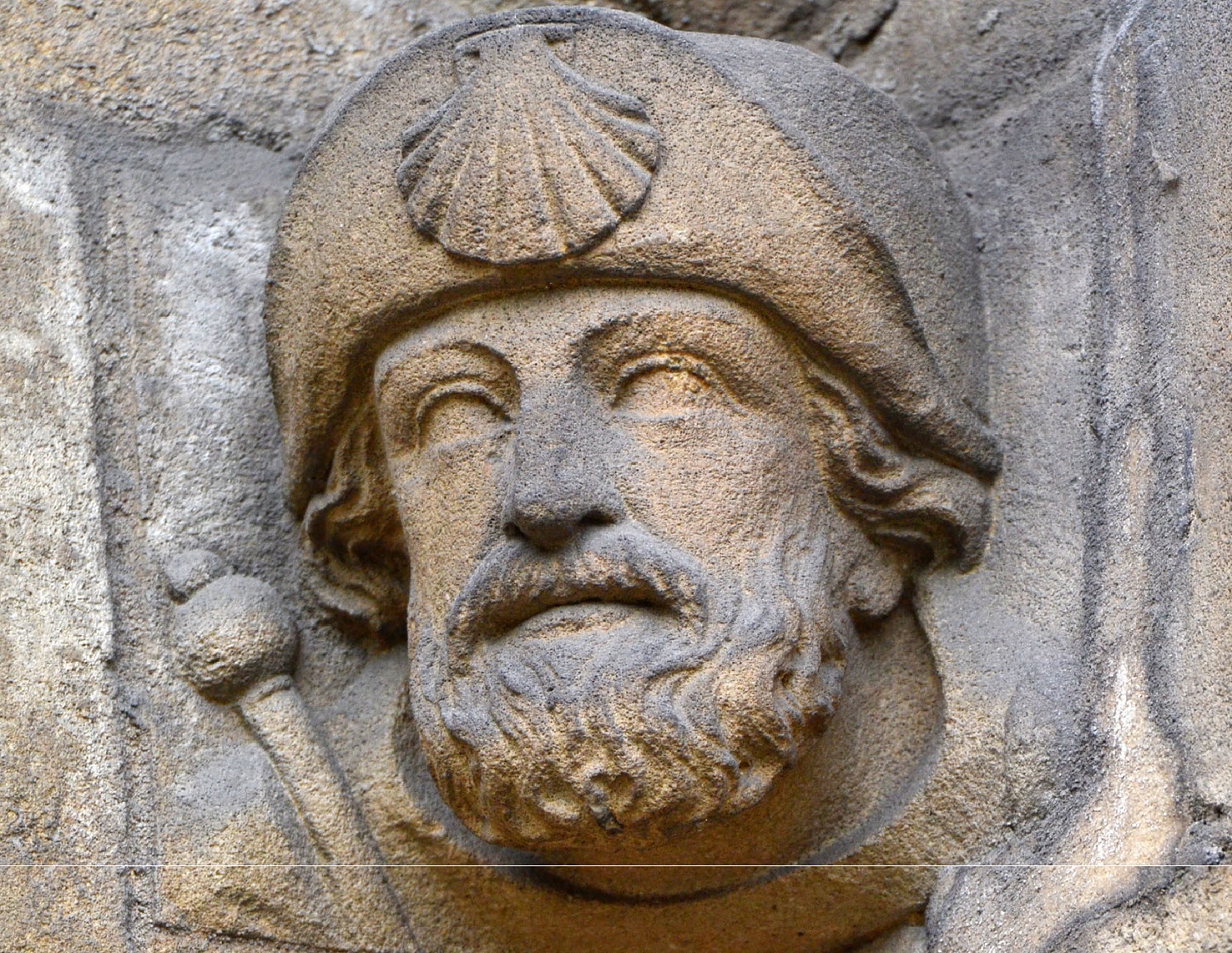Voting has closed, see the winning design here.
Vote for a new Carved Head to Commemorate the Abbey's Anniversary
2021 marks the 900th anniversary of the foundation of Reading Abbey, once one of Europe’s largest royal monasteries, by King Henry I. As part of this year’s 900th anniversary celebrations, the Council is running a project to carve one of the incomplete head-stops that decorate the outside of Reading’s Abbey Gateway. Reading Council is calling for residents to vote for their favourite carved head.

Reading Abbey Gateway
The Abbey Gateway, located along Abbot’s Walk opposite the Forbury Gardens and next to the modern-day Reading Crown Court, is one of only two complete buildings that survived the dissolution of the original Abbey back in 1538. Thanks to National Lottery players and a £1.7million grant from The National Lottery Heritage Fund, it was restored and reopened in April 2018, as part of the £3.15 million Abbey Quarter project and is now home to Reading Museum’s popular Victorian Schoolroom experience.
A stroll around the gateway reveals around 24 sculptures across its exterior – some weathered unrecognisably, but others including a dragon and a fox – remarkably surviving from medieval times. Others such as a Knight Templar, a nun, King Henry I and Queen Matilda, date from the restoration of the gate by George Gilbert Scott in 1861 and in 1900 funded by local philanthropist Dr Jamieson Hurry.

Carving of a Pilgrim head on the Abbey Gateway
There are two un-carved Bath stone head-stops on the east side of the building, that date back to 19th Century restoration – which were left due to budget constraints.
Six potential sculptures, based on figures from the Abbey’s illustrious post-dissolution past, have been shortlisted.
The six contenders are:
- Hugh Faringdon – the last Abbot of Reading, accused of treason by Henry VIII, and publicly hung, drawn, and quartered outside the gateway in 1539.
- Queen Elizabeth I – who used the abbot’s house and gateway as a royal palace in the 1560s.
- Jane Austen – who studied in the gateway from 1785 to 1786 when it was used as a classroom for Reading Ladies’ Boarding School.
- Sir George Gilbert Scott – the leading architect who restored the gateway back in 1861 after a thunderstorm caused the archway to collapse.
- Dr Jamieson Hurry – a local historian and philanthropist who gifted 12 carved heads in 1900
- A modern stonemason – based on a female member of the team that worked on the recent restoration of the Abbey.
Voting has now closed, we will announce the result shortly.





